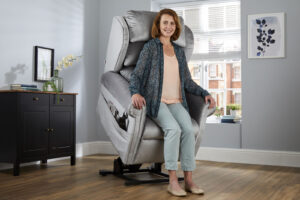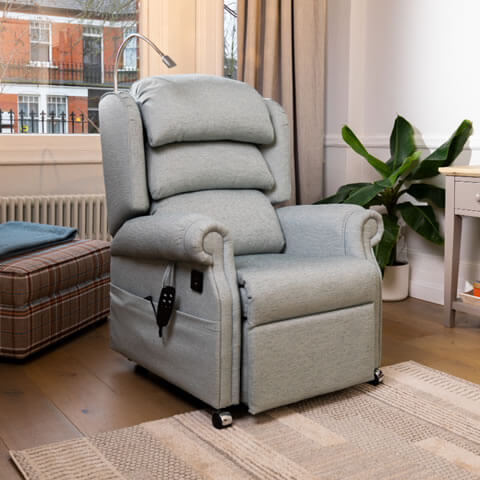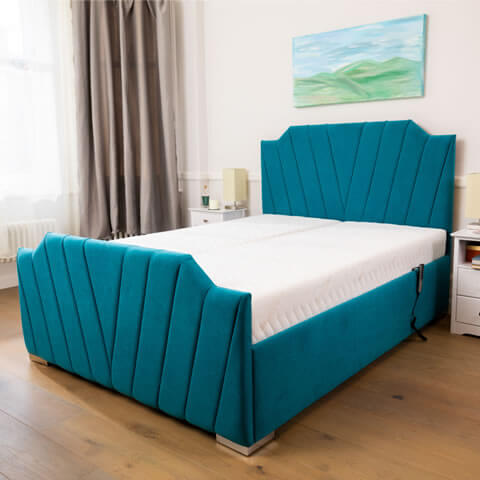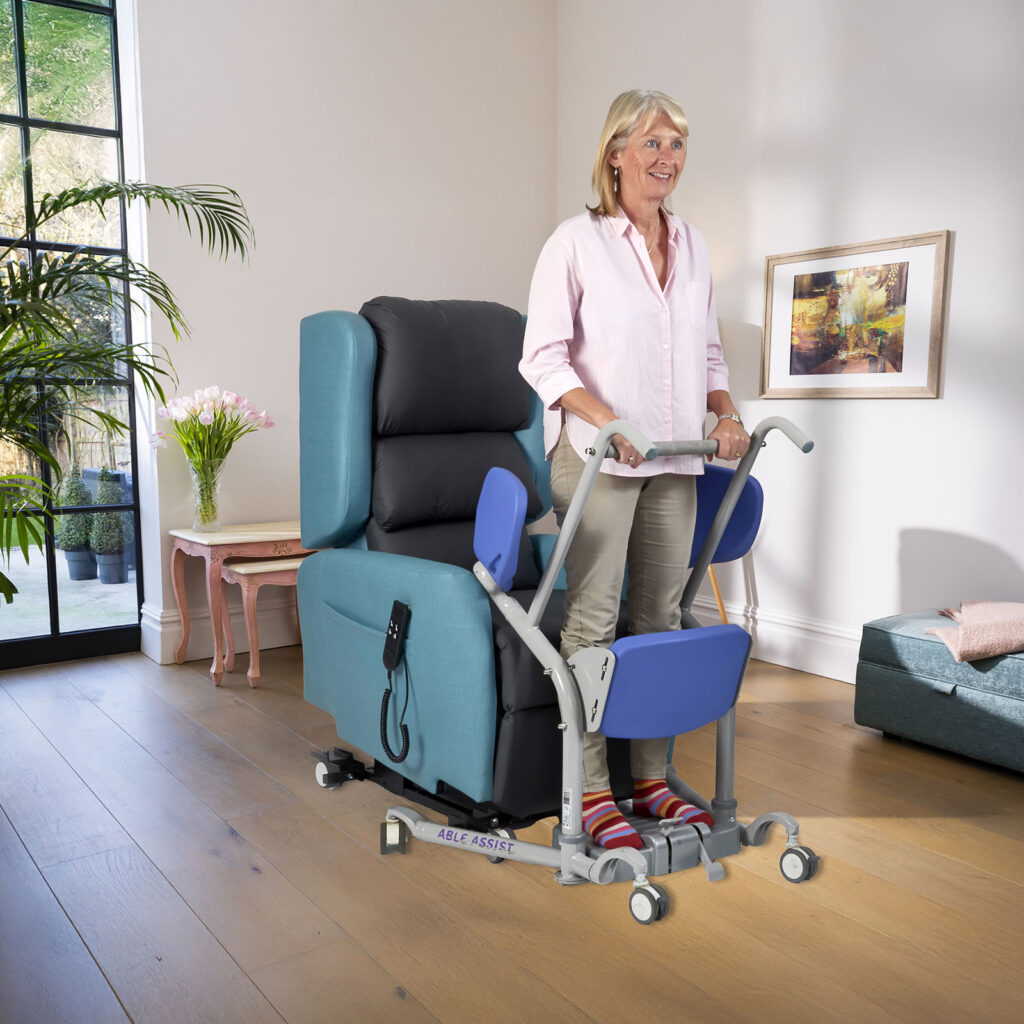How to Improve Balance for Seniors
How to Improve Balance for Seniors
As we age, maintaining good balance becomes increasingly important for staying safe, independent, and confident at home. Many older adults experience unsteadiness, slower movement, or a fear of falling, which can significantly limit their day-to-day activities. The good news is that with the right support, from simple exercises to mobility furniture, it’s possible to improve balance in old age and help your loved one feel steadier on their feet.
Below, we explore what causes balance problems and how to improve balance for seniors in ways that are gentle, safe, and manageable.
What Causes Balance Issues for Older People?
A decline in balance can happen for many reasons as we grow older. Age-related changes such as muscle weakness, joint stiffness and reduced flexibility play a key role. Our reaction times naturally slow down with age, which can make movements feel less controlled.
Balance issues can also be linked to physical conditions. Arthritis, osteoporosis, Parkinson’s, heart conditions, and diabetes can all affect mobility and stability. Hip replacements or recent surgery may temporarily reduce balance too, making recovery feel challenging.
Eyesight and hearing also influence how steady we feel. Problems with depth perception, cataracts, or the inner ear can make the world feel unstable. Even certain medications may cause dizziness or light-headedness.
Understanding what’s behind the problem helps you support your relative safely and effectively.
How to Improve Balance in the Elderly
There are many gentle, practical ways to improve balance in old age, whether your loved one is simply feeling unsteady or is regaining mobility after a hip replacement. Small, consistent steps make the biggest difference.

Balance Focused Exercises
Regular movement is one of the most effective ways to improve balance for seniors. The NHS recommends simple exercises that can be done at home at a comfortable pace, including:
- Sideways walking
- Simple grapevine
- Heel-to-toe walk
- One-leg stand
- Step-ups
These exercises strengthen the legs, improve coordination, and help build confidence.
Gentle activities such as yoga, tai chi, light stretching, or short, manageable walks can also help. Combined with a balanced diet and good hydration, these small daily habits support strength and stability over time.
If your relative has recently had a hip replacement, make sure any exercise is doctor-approved and introduced gradually. Slow progress is still progress.
Take an Eye Test
Vision plays an essential role in balance. If an older person is struggling with depth perception, blurred vision, or difficulty seeing hazards, they’re more likely to feel unsteady.
Encouraging your relative to visit an optician, even if they haven’t mentioned any issues, can make a real difference. Updated glasses or early detection of eye conditions can support safer movement and reduce the risk of falls.
Take a Hearing Test
Just like vision, hearing has a direct impact on balance. The inner ear helps the body understand movement and position, so even mild hearing changes can make an older person feel unsteady.
If your loved one has been experiencing dizziness, a sense of pressure in the ears, or is finding it harder to follow conversations, a hearing test can be a helpful next step. An audiologist can identify any issues linked to balance and recommend the right support, helping them move with greater confidence.
Take Advantage of Mobility Furniture
Mobility furniture can provide invaluable support for seniors who are working to improve their balance.
A riser recliner chair helps with sitting and standing by gently lifting and lowering the user. This reduces strain on the legs, hips, and back, making everyday movement safer and more manageable. For someone who has lost confidence, this simple assistance can help restore independence.
Riser recliners also support healthy posture, which plays a major role in balance. Proper alignment reduces pressure on joints, helps muscles work more efficiently, and encourages steadier movement.
They’re also a helpful base for chair-based exercise, such as chair yoga or gentle upper-body stretches. By reducing fatigue and supporting the body correctly, mobility furniture helps older people conserve energy for the activities that matter most.
Help Your Loved One Regain Confidence at Home
Improving balance for seniors doesn’t need to be overwhelming. With a combination of gentle exercise, routine eye and ear care, and supportive furniture, your relative can feel safer and more confident with every step.
At Grosvenor Mobility, we offer free home trials on our riser recliner chairs and adjustable beds, giving you and your loved one the chance to discover what feels most comfortable. Our expert team is here to help make daily life easier, safer, and more enjoyable.
If you’d like to learn more, get in touch today and arrange your free home trial.

Riser Recliner Chairs
We believe everyone deserves the freedom to relax in complete comfort and independence at home. That’s why we proudly offer a premium range of riser recliner chairs and adjustable beds, designed to support your lifestyle and make everyday living comfortable again.

Adjustable Beds
The bedroom is your sanctuary. It’s your place to rest, unwind and totally relax. But to do so, you need the perfect adjustable bed; comfortable and luxurious. At Grosvenor Mobility our range of electric mobility recliner beds do just that. Featuring easy-to-use handsets that operate our ultra-quiet motors allowing you complete control at the touch of a button.




